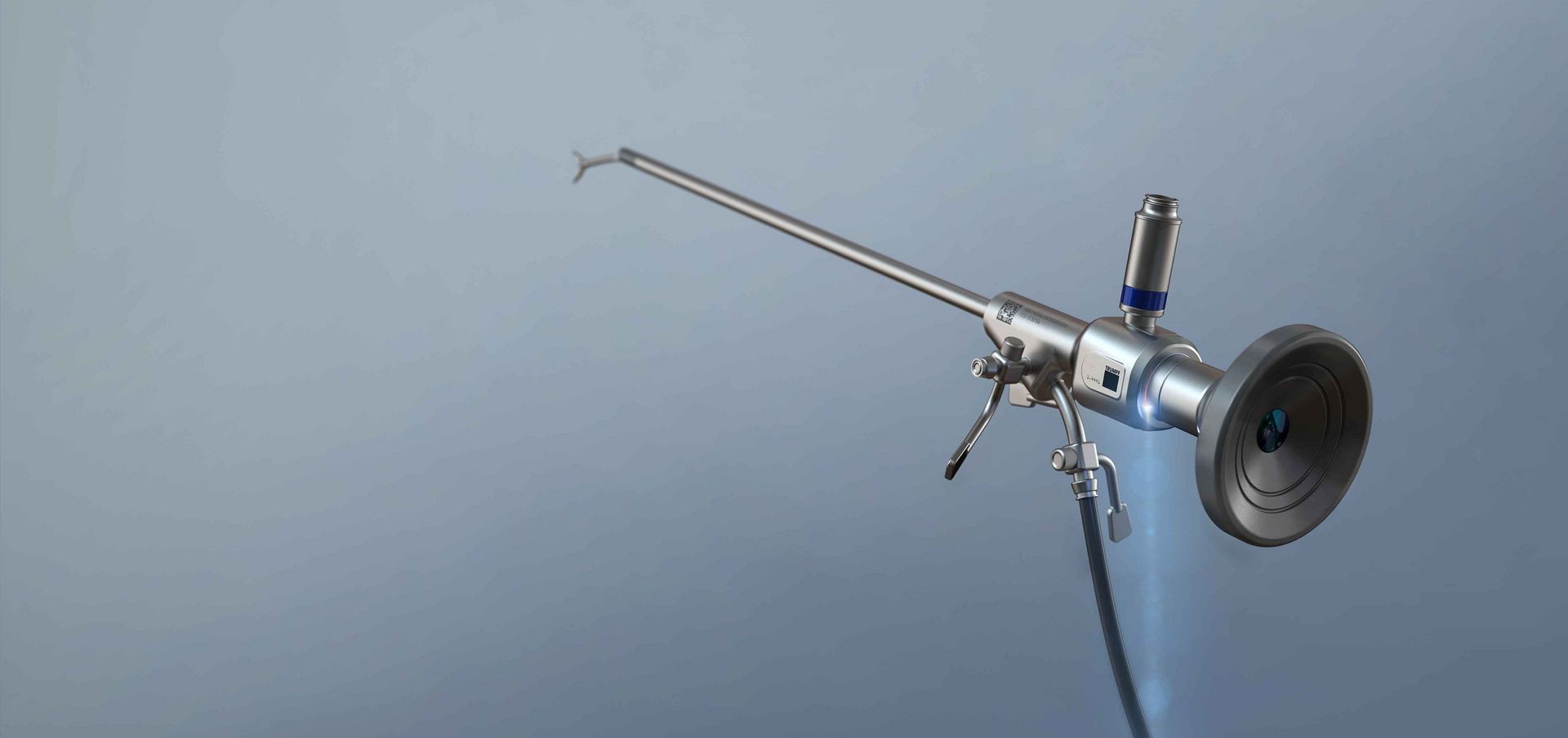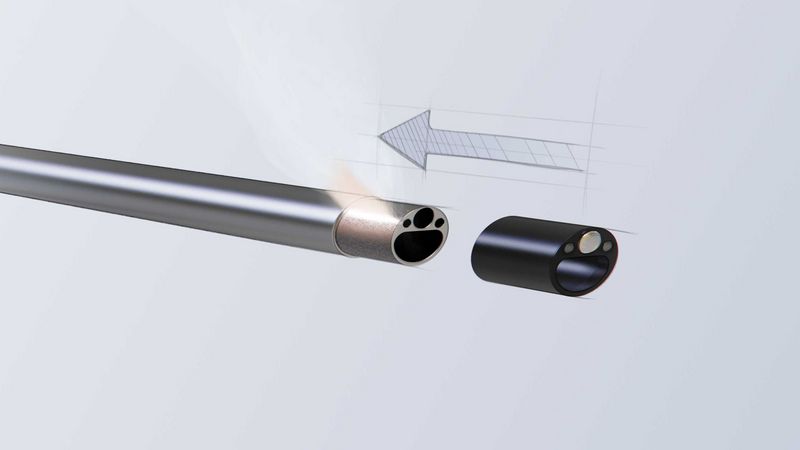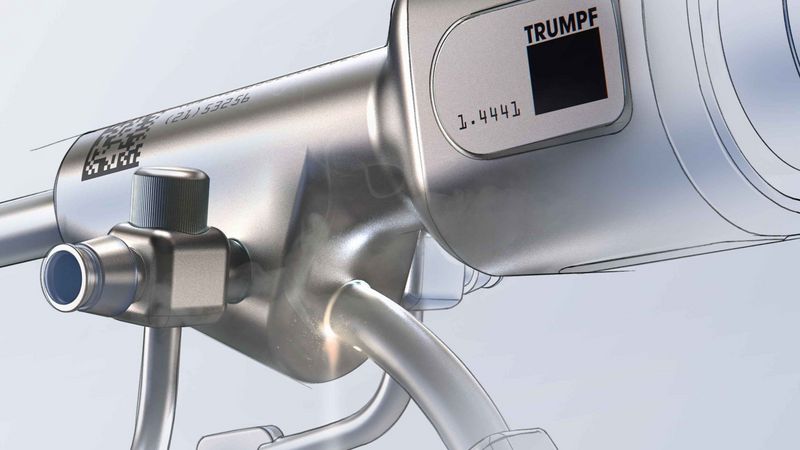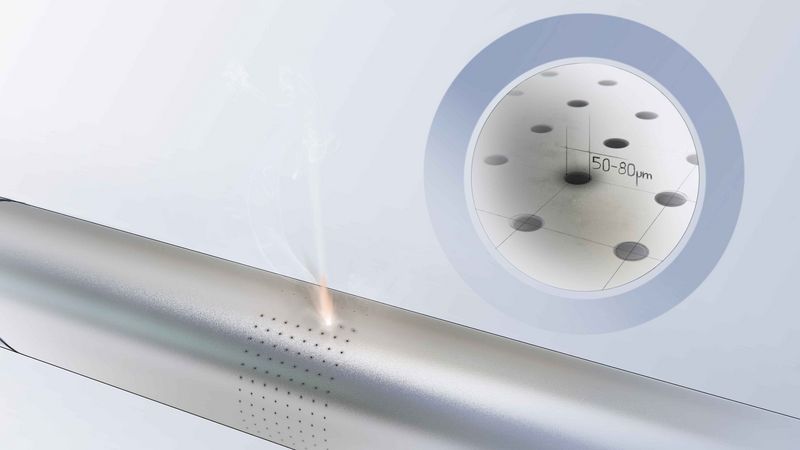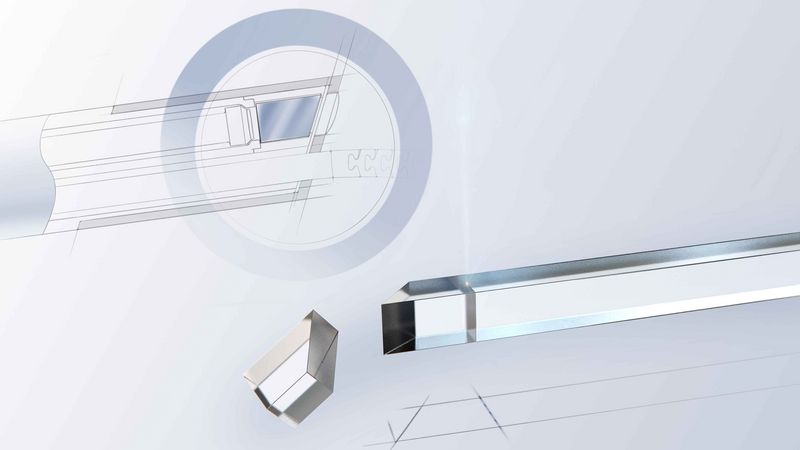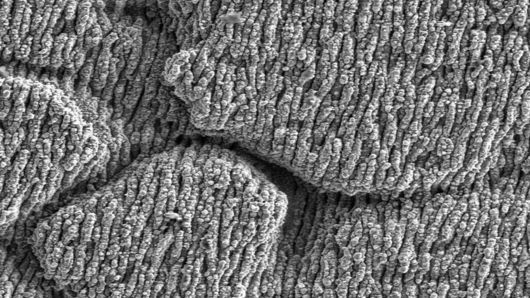Modular designs and different product variants make the manufacture of surgical instruments more difficult. Catheter systems, for example, are often difficult to handle because of their length. Other instruments and devices, such as endoscopes and laparoscopes, must frequently be cleaned and sterilized before they can be reused.
Temper marks are difficult to read after repeated reprocessing. In addition, the high temperatures and aggressive cleaning agents can damage the adhesive joints of the instruments. Such deficiencies in the medical instruments would be life-threatening for the patient during a surgical procedure. After all, given their usually small size, surgical instruments must also withstand high mechanical stresses.

